For close to a half century, prog has been the breeding ground for rock’s most out-there, outsized and outlandish ideas: Thick-as-a-brick concept albums, an early embrace of synthesizers, overly complicated time signatures, Tolkienesque fantasies, travails from future days and scenes from a memory. In celebration of Rush’s first Rolling Stone cover story, here’s the best of the deliciously decadent genre that the punks failed to kill.
10. Yes, ‘Fragile’ (1971)

Pop radio had never heard anything like “Roundabout,” Yes’ mind-bogglingly unlikely breakout single. Built on Steve Howe’s kaleidoscope of classical acoustic and electric guitars, Rick Wakeman’s Jan-Hammer-in-an-Anglican-church organs and Bill Bruford’s wild-ass polyvalent drumming (especially the galloping, bonkers midsection), it reached Number 13 on the Billboard charts and, along with the album, went on to become a classic rock staple, shaping generations of ambitious rockers. “When I was 7 years old I found Fragile in my dad’s record collection,” said Red Hot Chili Peppers guitarist John Frusciante, who considered Howe his favorite guitarist. “I would put the record on and watch the living room turn into a womblike, cozy place. Their music was so magical and seemed almost unreal.” W.H.
9. Genesis, ‘The Lamb Lies Down on Broadway’ (1974)
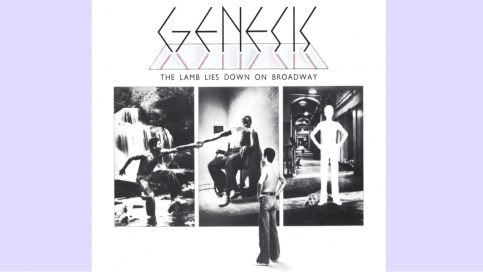
One of rock’s more elaborate, beguiling and strangely rewarding concept albums, this double-vinyl classic stars the ever-theatrical Peter Gabriel as Rael, a Puerto Rican street punk who descends into the New York underground to experience a series of surreal adventures. (“It seemed that prancing around in fairyland was rapidly becoming obsolete,” Gabriel explained to his biographer.) Bassist Mike Rutherford, however, wanted to base the band’s last album with Gabriel, who’d announced his intention to leave Genesis, on Saint-Exupéry’s The Little Prince. The recording sessions were stressful, particularly for Gabriel, who solitarily added his lyrics to the band’s music, and commuted long hours from the studio to spend time with his premature newborn daughter. The Lamb ultimately veers between wild improvisation and tight control, while highlights like “Carpet Crawlers” and “The Colony of Slippermen” testify to the band’s unique blend of art and power. R.G.
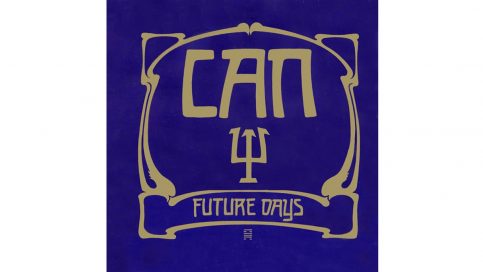
“Future Days is for me the best album I made with Can,” vocalist Damo Suzuki has said. “Because it was very easy to quit from Can after that album. I wanted nothing from them after that. Musically, I was very satisfied.” Indeed, the four tracks on the German experimental rockers’ fifth studio album synthesize everything they did weirdly well. Can could strip back for three minutes of skewered psychedelic pop (“Moonshake”) or split the difference between Miles Davis’s Bitches Brew and Isaac Hayes’s Hot Buttered Soul (“Spray”), or find new craters on the moon for “Bel Air,” a lounge suite dizzying up the entire second side of the record. All of it is Can, and none of it is commonplace. R.F.
7. Jethro Tull, ‘Thick as a Brick’ (1972)
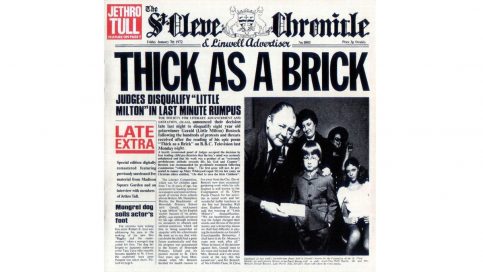
Miffed that many critics mistook 1971’s Aqualung for a concept album, Tull leader Ian Anderson decided to follow it up by parodying the entire concept-album concept. Consisting of one nearly 44-minute song stretched across a dizzying array of movements, Thick as a Brick came wrapped in a Monty Python-esque newspaper sleeve that attributed the song’s lyrics to a fictional schoolboy and even “reviewed” the album within. It was a brilliant prank — one so seamlessly executed, in fact, that most people didn’t get the joke. Not that they needed to in order to enjoy it. As Rolling Stone noted at the time, “Whether or not Thick as a Brick is an isolated experiment, it’s nice to know that someone in rock has ambitions beyond the four- or five-minute conventional track, and has the intelligence to carry out his intentions, in all their intricacy, with considerable grace.” D.E.
6. Genesis, ‘Selling England by the Pound’ (1973)
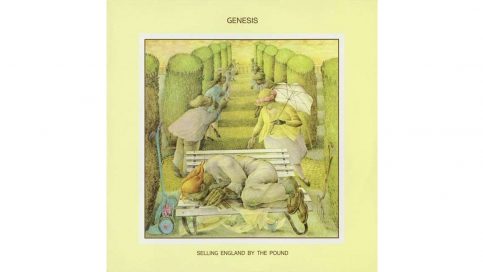
Dreams of Merrie Olde England turn into consumerist nightmares on Genesis’s third album — and its last as a cohesive creative unit. “Can you tell me where my country lies?” sings Peter Gabriel in “Dancing With the Moonlit Knight,” the first of several songs that pillory and parody the island nation’s hey-nonny stereotype. For guitarist Steve Hackett, who trips the light fantastic throughout, Selling reflects “the sense of old England being taken over; the cornershop giving way to the multinational [corporation].” Selling also contains “Firth of Fifth,” the longish composition that many consider the band’s finest moment, as well as “More Fool Me,” their first Phil Collins vocal vehicle and a taste of poppier things to come. Gabriel carried the record’s sometimes Monty Python-esque Arthurian caricature to the ensuing tour, appearing onstage costumed as the knight Britannia. R.G.
5. Yes, ‘Close to the Edge’ (1972)
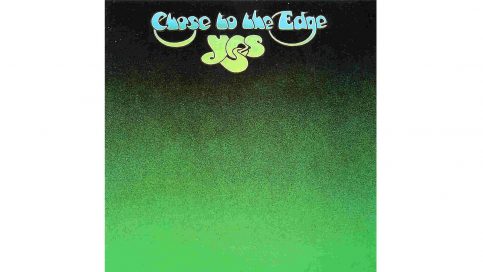
“To my mind, Yes may be the single most important of all the progressive rock bands,” said Rush’s Geddy Lee, who calls Close to the Edge “among my favorite rock albums of all time.” And if, like Pavement’s Stephen Malkmus, you wonder how Lee’s voice got so high, look no further than Jon Anderson’s cloudbusting vocals here. Yes’ greatest prog statement is a complex pair of multi-part suites, plus the dazzlingly unintelligible showpiece “Siberian Khatru.” A headphone journey with cryptic lyrics that message boards have devoted countless pixels to parsing (Is “Khatru” even a word?), it was released just eight months after Fragile. But the astonishing run was too good to last: Genius drummer Bill Bruford defected after the grueling recording, joining peers King Crimson, and taking their beats to the gonzo-jazzbo next level. But this might be his ultimate showpiece. W.H.
4. Pink Floyd, ‘Wish You Were Here’ (1975)
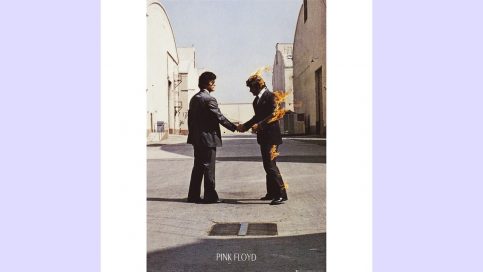
Alienation has rarely sounded as majestic as on this sentimentally psychedelic follow-up to the landmark Dark Side of the Moon. Inspired by Floyd founder Syd Barrett’s disappearance down a psychic black hole, Wish You Were Here sandwiched an extended nine-part ode to their bandmate (“Shine on You Crazy Diamond”) around a pair of songs castigating the music industry (“Welcome to the Machine,” “Have a Cigar”) and the haunting title track, also about Barrett. For Roger Waters, who wrote the album, Barrett was a “symbol of all the extremes of absence some people have to indulge in because it’s the only way they can cope with how fucking sad modern life is.” Recorded amid clashes over process and content (band members rarely spent studio time together), Wish was titled by cover artist Storm Thorgerson, who designed its striking series of surreal photographs, including the iconic cover shot of one businessman literally burning another. R.G.
3. Rush, ‘Moving Pictures’ (1981)
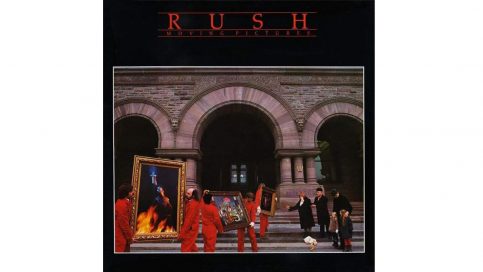
“You’d have to be a fool to ignore constructive criticism,” drummer-lyricist Neil Peart told Rolling Stone upon the release of this album, which featured Rush’s shortest tracks to date. Coincidentally or not, the Canadian power trio’s conceptually downsized project would become its most popular and commercially successful. Their ability to establish a Rush sound “in six minutes, as opposed to 20 minutes,” as Geddy Lee put it, led to such elegantly accessible headbangers as the swaggering “Tom Sawyer” and the Morse Code-rhythmed instrumental “YYZ.” And while the John Dos Passos-influenced “Camera Eye” clocked in at 11 minutes, shorter gems like the freedom-riding “Red Barchetta,” the introspective “Limelight,” and the reggae-flavored “Vital Signs” were the prog equivalent of punk-rock tunes. R.G.
2. King Crimson, ‘In the Court of the Crimson King’ (1969)
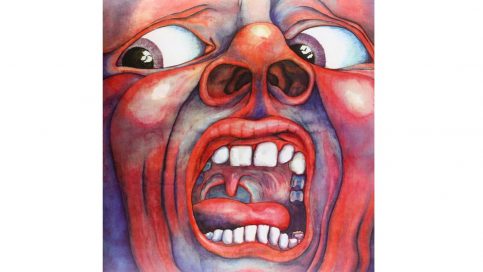
One of the most influential progressive rock albums of all time, King Crimson’s debut eschewed the bluesy bluster of late-Sixties British rock for a Mellotron-drenched mixture of jazz and classical influences, dragging psychedelia to a darker place than it had ever been before. “King Crimson will probably be condemned by some for pompousness,” wrote Rolling Stone‘s John Morthland at the time, “but that criticism isn’t really valid. They have combined aspects of many musical forms to create a surreal work of force and originality.” With guitarist Robert Fripp and multi-instrumentalist Ian McDonald piling on layers of majestic sound, and bassist Greg Lake intoning evocative and foreboding lyrics, tracks like the unrelenting opener “21st Century Schizoid Man,” the haunting “Epitaph” and the stately closer “The Court of the Crimson King” set the tone and template for the coming prog revolution. D.E.
1. Pink Floyd, ‘The Dark Side of the Moon’ (1973)
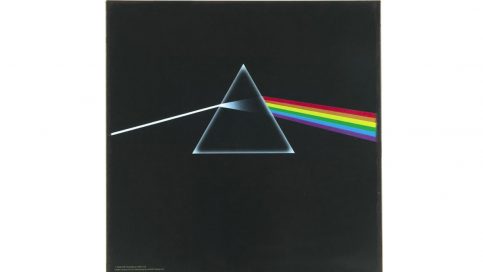
Easily the peak of prog rock’s commercial success — and often cited as trailing only Michael Jackson’s Thriller in total global album sales — Pink Floyd’s lean concept album has soundtracked countless planetarium light shows and just as many critical unpackings. From its sync-up with The Wizard of Oz (press play after the lion’s third roar) to the Flaming Lips and friends’ track-for-track covers project to Krusty the Clown’s lost Dark Side of the Moonpie to the endless hawking of the prism-and-rainbow logo, the album has endured as a pop culture touchstone since its release. Sonically, it covers classic rock (“Money”), soul (“The Great Gig in the Sky”), glam symphonia (“Brain Damage”), chiming clocks (“Time”) and analog synthesizers (pretty much all of it). Lyrically, Roger Waters was universal yet personal, peeling back the human condition’s paper-thin skin. For all its Alan Parsons-led studio innovations, the underlying accessibility of Dark Side is its greatest strength. After all, they’re only ordinary men. R.F.

You must be logged in to post a comment Login